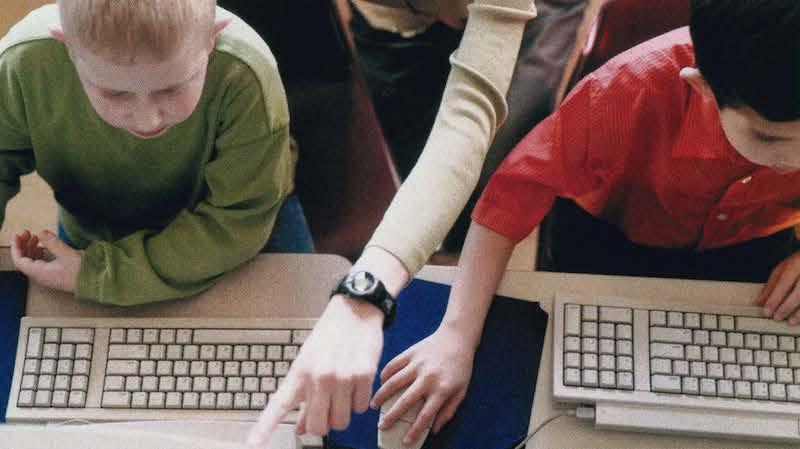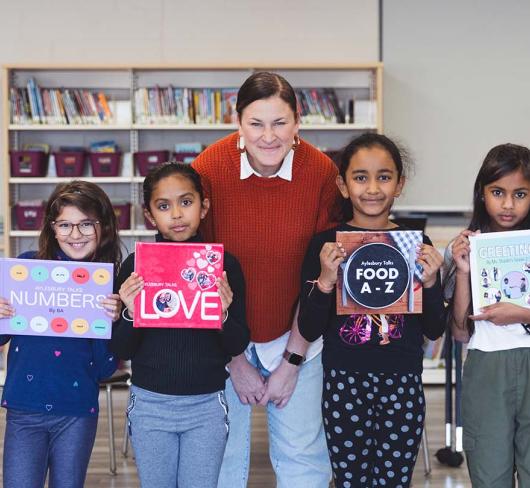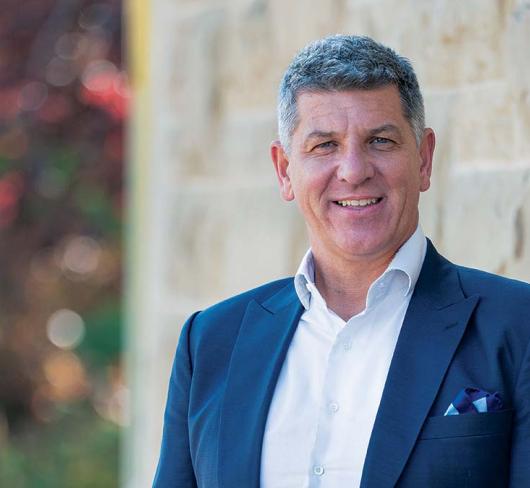
Thinking Critically: Using the Internet in Your Science and Technology Class
Critical thinking is one of the cornerstones of the science and technology program in Ontario today. From grade 1 investigations into the characteristics and needs of animals and plants (Life Systems) to grade 8 investigations into the major features of the earth’s water resources and the effects of large bodies of water on global climate and ecosystems (Earth and Space Systems), students need to reflect on what they are observing and learning and how to make sense of the information
What is Critical Thinking?
Critical thinking is defined in many ways by many different authors. At its simplest level, it is an organized manner of thought that a person uses to assess the validity of something. A more detailed definition would say that critical thinking is a disciplined process that requires the learner to conceptualize, apply, analyze, synthesize and evaluate information gathered by observation, experience, reflection, reasoning or communication. Whatever definition or description is used, critical thinking involves higher order thinking skills such as analysis, synthesis, problem solving, inference and evaluation.
Critical Thinking in the Classroom
Critical thinking is more likely to take place in a classroom where students regularly work and interact with their peers. The questions or problems that are presented for solution are often open-ended, with no “right” answer. This type of question encourages students to be creative with their responses without being afraid of getting the answer “wrong.”
Questions with an environmental focus are often good ones to use when modelling critical thinking strategies. The topics and problems that can be identified in this category go across many curriculum areas, not just science and technology, and are especiallv worth considering when integration of knowledge is a goal.
Environmental problems can be studied and, in some cases, simulated. Two environmentally focused topics that involve many aspects are forestry issues, and food biotechnology. Both of these topics could be studied as part of the grade 7 strand Interactions within Ecosystems. In addition, topics and problems with an environmental focus can be fairly easily adjusted to the developmental and experience level of the students.
Both kindergarten and grade 8 students can identify a mess in the lunchroom and present potential causes and solutions to the problem. Students need sufficient time to reflect on the questions or problems posed and to develop their .specific answer to the question. Critical thinking skills can be used in many curriculum areas. Students sometimes need direction to see how a skill they have learned in one class will transfer to another. Some teachers have found that posting prompts such as “Why do I think that?” or “Is it a fact or opinion?” or “What would happen if...?” facilitate student thinking.
Why Teach Critical Thinking?
The amount of information available to today’s student via various technologies (Internet, CD-ROMs, etc.) is staggering. Students need to learn to assess the validity or authenticity' of the information before they can decide how to use it. In science and technology there is a particularly large body of knowledge that continues to change and evolve. Concepts that were regarded as valid a few years ago are now being questioned as a result of new information coming to light and new discoveries being made. Much of this new information is available to students on the Internet. Today’s student has grown up in an Internet world. Many have come to regard all information available on the Internet as the truth, in much the same way that previous generations regarded information found in textbooks to be the truth.
How Teachers Can Help Students Develop Critical Thinking Skills about information Retrieved from the Internet
Many web sites exist that contain criteria for evaluating webpages. The criteria they have in common for evaluating a webpage are Source, Purpose and Content. Consider the following...
Source
- The domain name .com, .org, .net, .gov, .edu, tells you something about the source.
- The country of origin (.ca Canada, .sz Swaziland)
- Who are the authors? What is their authority or expertise or qualification?
- What organization, group, individual or government is presenting the information?
- Anyone can write a web page. Thinking critically means separating fact from fiction.
Purpose
- Reason for the website. Is it to inform, persuade or sell?
- Is it a personal home page?
- If the website is about a controversial issue, does it present both sides?
- Who is the target audience? The general public, a special interest group, or a university seminar group?
Content
- What is the quality of the writing and spelling.
- When was the website last revised?
- How well do the links work? Are they current?
- What is being linked?
- Links are like an electronic bibliography. Is there also a print bibliography?
- Is the material original?
- Is the presentation objective?
- What level of detail is being provided in the presentation?
- Can the details be verified?
- Is the content accurate?
In addition to asking the questions related to the three main criteria the following should be considered:
- Is the web the best source of information for this inquiry? (Older information may be easier to locate in a textbook.)
- Be skeptical; what is the point of view or bias in the information? (Caveat lector: Let the reader beware.)
- Does the web site require a fee, membership or special software to view it fully?
- Is the information posted by the original author or by a webmaster?
- Can you contact the author of the information for further details?
A Few Suggested Topics for a Critical Thinking Approach
Grade 1: Characteristics and Needs of Living Things (investigate the characteristics and needs of animals and plants).
Grade 4: Light and Sound Energy (investigate different ways in which light and sound are produced and transmitted).
Grade 5: Human Organ Systems (demonstrate an understanding of factors that contribute to good health).
Grade 5: Conservation of Energy (evaluate the reasons for conserving natural resources and identify possible ways of conserving energy).
Grade 6: Properties of Air and Characteristics of Flight (investigate the principles of flight and determine the effect of the properties of air on materials when designing and constructing flying devices).
Grade 6: Motion (demonstrate an understanding of different kinds of motion).
Grade 7: The Earth’s Crust (investigate the formation of the physical features of the earth’s crust).
Summary
Many topics in the elementary science and technology program lend themselves to critical thinking. The ability to collect and analyze information, and then to use it to present a solution to a problem is especially important when assessing a student’s ability' to relate science and technology to each other and to the world outside the school. The source for the most current information, the Internet, should be viewed sceptically. Given the right setting and the right encouragement, students are capable of being critical thinkers when it comes to using the Internet.
Joanne Harris teaches grade 8 at Centennial Middle School, Halton DSB. She Is also Secretary of the Science Teachers' Association of Ontario (STAO) and a member of STAO’s Curriculum Committee.
References
Criteria for evaluating internet information. www.vuw.ac.nz/~agsmith/evaln/index.htm
Critical Thinking. www.utc.edu/Training-Resource-Center/critical.html I C You See: T is for Thinking. www.ithaca.edu/library/Training/hott.html
Strategies for Teaching Critical Thinking. ERIC/AE Digest. www.ericfacility.net/ericdigests/ed385606.html
The Center for Critical Thinking. www.criticalthinking.org/University/
The Ontario Curriculum, Grades 1-8 Science and Technology

